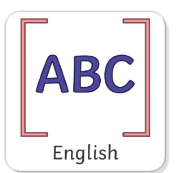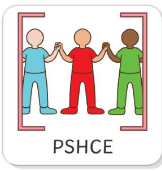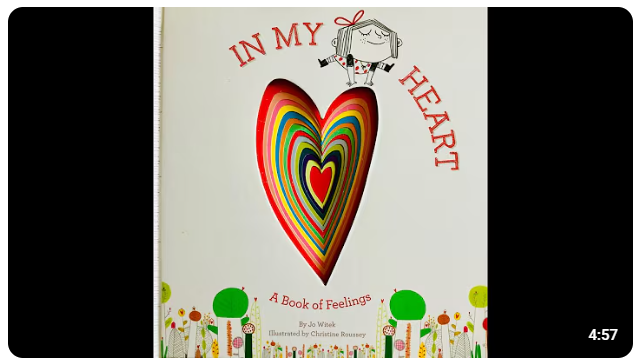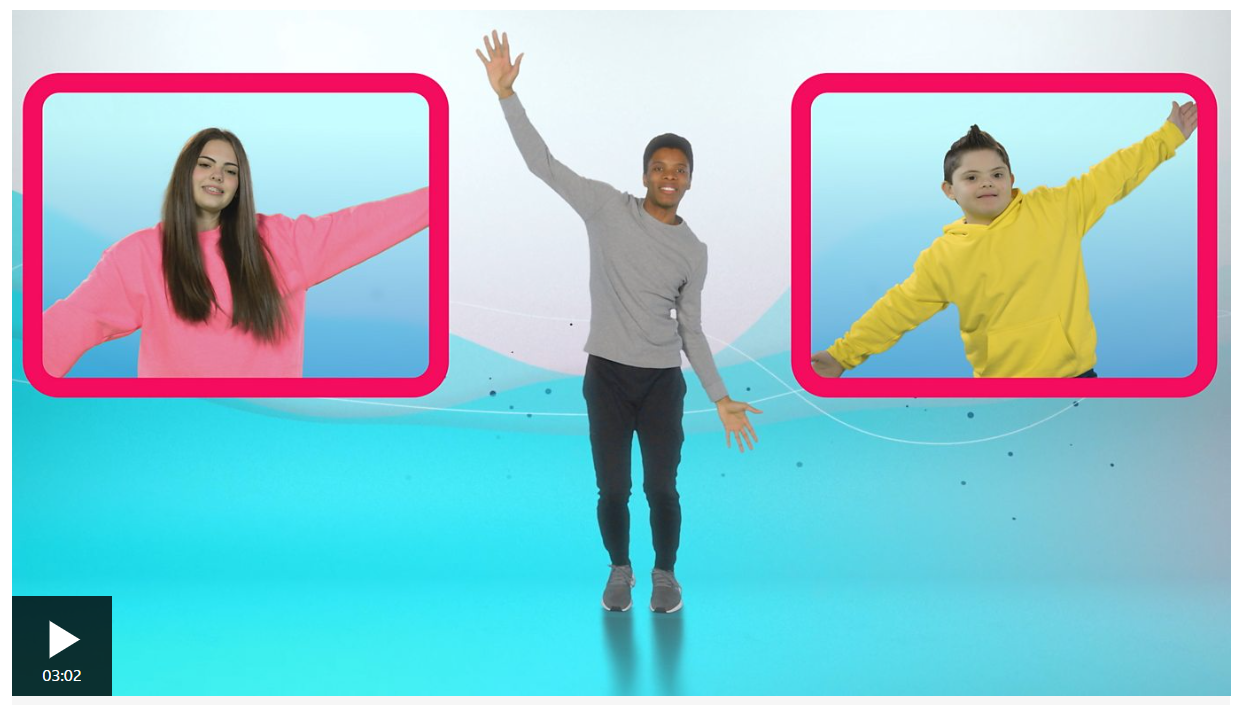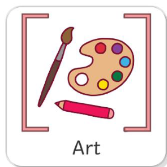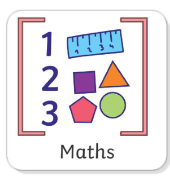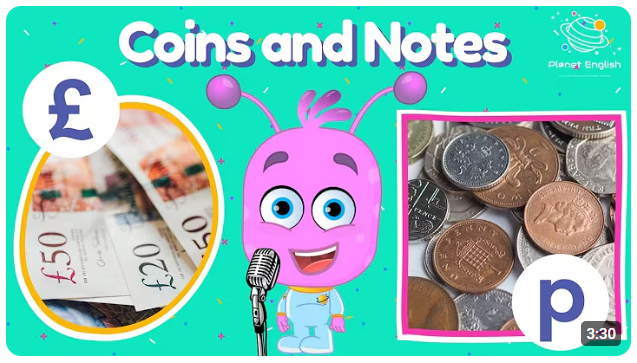Wednesday
Sequence sentences to form short narratives - un, because, and when.
Today we are going to write the beginning part of our innovated narrative of Jack and the Beanstalk together as a class!
Narrative is another word for story.
Your teacher will model writing the sentences and you will write them in your books.
Remember to share your amazing ideas with everyone!
Make sure your sentences start with a capital letter, you leave spaces between words, your handwriting is beautiful and your sentences end with a full stop.
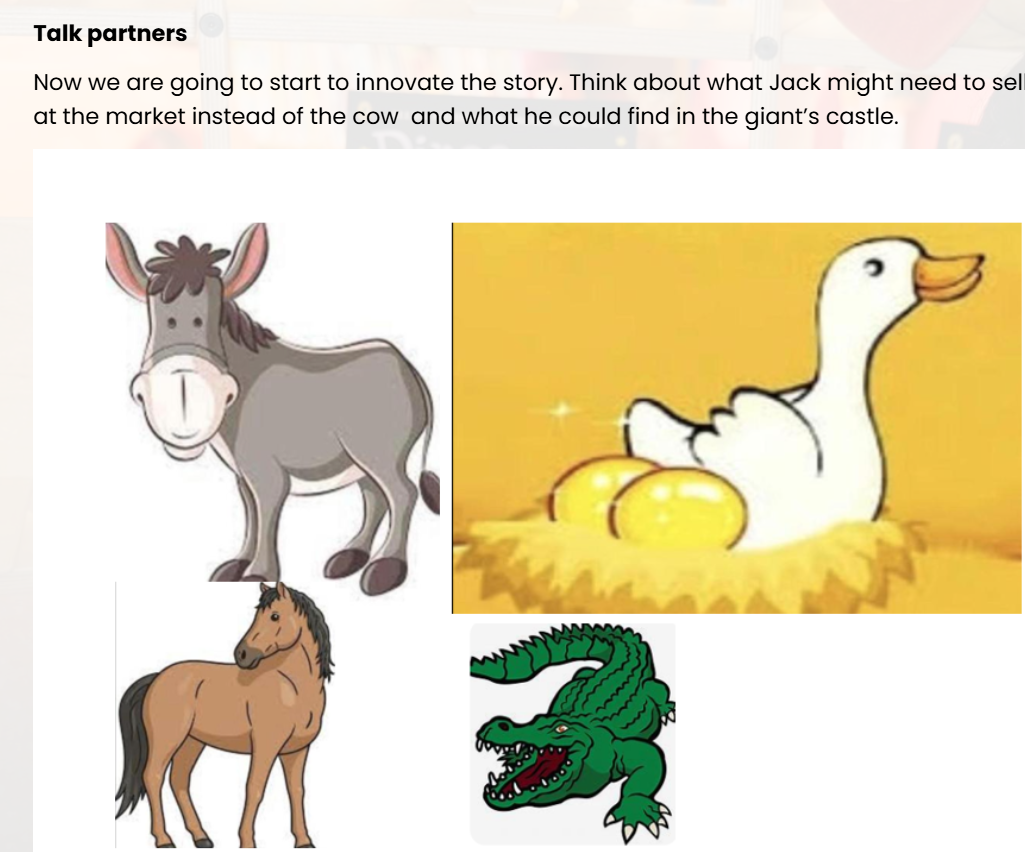
To understand what others might be feeling.
In my heart: a book of feelings
We all want our friends to be happy, but when they aren't, it's important to know what to do to help them.
Let's act out what different emotions might look like in our body language.
Sad -
Happy -
Angry -
Nervous -
Frustrated -
Confused -
Overjoyed -
Excited -
Can you think of anymore?
Let's Learn
What might make your friend feel overwhelmed?
Is it OK to feel angry sometimes?
Are there ways we can help a friend who is feeling upset? What can we do?
Remember, humans have a range of emotions and each one is OK. Bad feelings come and go, just like in the story when the plants grew after winter.
We know that physical exercise can help with metal health and that moving, dancing and playing can help get rid of any negative emotions. Let's get moving!
Your turn:
Draw a picture of 'someone who cares'. What are they doing to help someone who isn't feeling great?
Remember:
Don't keep those feelings bottled up inside. Tell someone you trust about your feelings. Sharing your feelings may not solve all your problems, but it can help.
Can we use primary colours to explore colour mixing for landscapes?
How can we turn these primary colours...
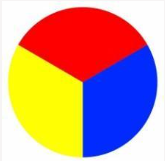
into these colours...?
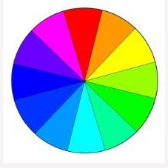
Let's explore!
The primary colours are blue, yellow and red. When you mix these colours you can make new colours called secondary colours!
When you mix red and yellow together, you make orange.
When you mix red and blue together, you make purple.
And when you mix blue and yellow together, you make green.
In todays lesson we are going to practice painting by using different brush strokes to help us create a variety of lines and marks using secondary colours.
To be able to recognise coins and determine their value using size, colour, markings and shape.

Let's Learn:

Practical - Look at the coins in front of you with a partner






